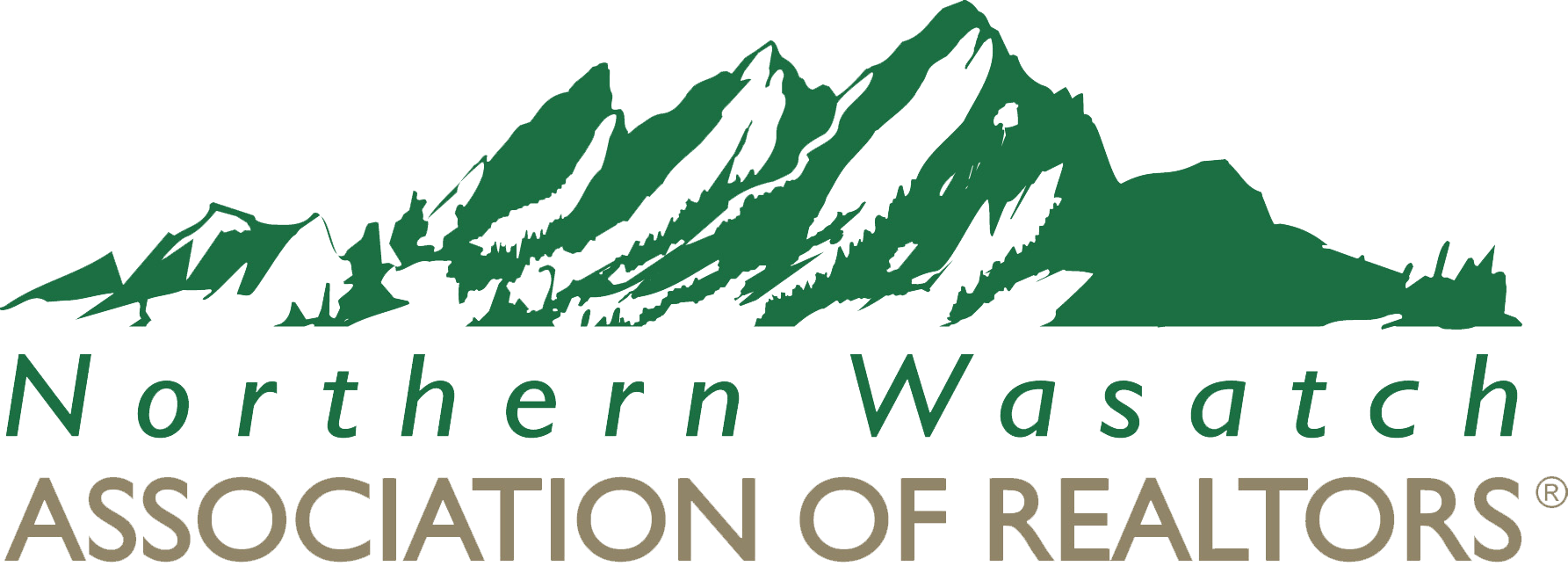Shauna Ray
2020 President, Northern Wasatch Association of Realtors
Earlier this month, the Centers for Disease Control and Prevention issued a temporary eviction ban for areas of the country experiencing a rapid spread of COVID-19.
If you or someone you know is having trouble paying your rent because of the pandemic, here’s what you need to know about the new moratorium.
How it works
To stay in your rental, you must first fill out the CDC declaration form and submit it to your landlord. This declaration will help you determine whether the moratorium applies to your situation. It also outlines your responsibilities.
To qualify, your income cannot exceed a certain threshold and you must have a substantial loss in income or extraordinary medical expenses. Additionally, you must live in an area experiencing high COVID-19 transmission levels and be at risk of homelessness or living with others in close quarters. You must also have made partial rental payments or sought government assistance for rental payments.
Tenants must submit the form to their landlords; otherwise, an eviction for nonpayment can still take place. If you have previously submitted the declaration under a previous eviction ban, you are not required to complete another if your situation remains the same.
What it covers
The new eviction order covers the time period of Aug. 3, 2021 to Oct. 3, 2021. It applies to residential property and the nonpayment of rent. A tenant can still be evicted for nuisance issues and not following the terms of their rental contract.
It’s also important to understand that the eviction ban is not rent forgiveness. Tenants are still required to pay their rent and are responsible for back rent and any late fees and penalties. If you are not current on your payments when the eviction ban ends, you could still be evicted.
The level of COVID-19 transmission in an area may also change, making the eviction ban no longer applicable. The order is also facing legal challenges so it is not clear how long it will be in place.
Because of these issues, the best way to protect your housing is to apply for rental assistance if you are struggling to make your payments.
How to get help
If you are struggling to pay rent, the best way to get help is to visit RentRelief.Utah.Gov. This program is administering Utah’s portion of federal funds dedicated to helping renters make their payments during the pandemic. Should you qualify, the program can help you pay for:
- Current rent plus three months of prospective rent
- Past-due rent
- Eligible fees
- Security deposit
- Utilities, internet and home energy costs
To receive assistance, you must meet the following qualifications:
- Your combined household income is at or below 80% of area median income.
- Someone in your household has qualified for unemployment or has experienced a reduction in household income, incurred significant costs, or experienced financial hardship due to COVID-19.
- Your household is experiencing housing instability (for example, received a past-due utility or rent notice or eviction notice, or is living in unsafe or unhealthy living conditions) due to COVID-19.
- To apply, your name must be on the lease and you must live at the residence.
The program still has millions of dollars available and encourages anyone struggling to make their rent payments to apply for assistance. Landlords may also apply for assistance on behalf of their tenants.
To learn more about the rental assistance program, visit RentRelief.Utah.Gov. The website also includes contact information for local agencies that can also answer questions and provide assistance. For more information about the housing issues in our community, contact a local Realtor. Find a directory of Northern Wasatch Realtors at NWAOR.com.

